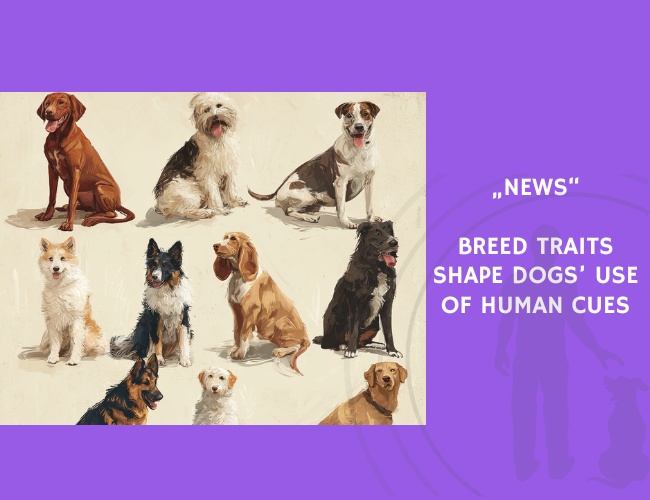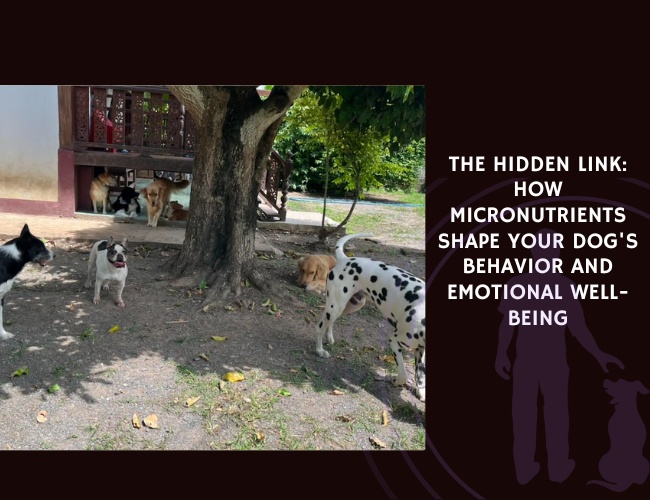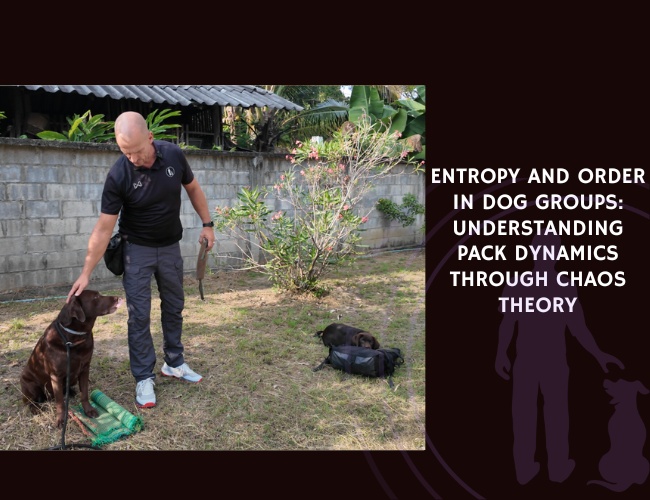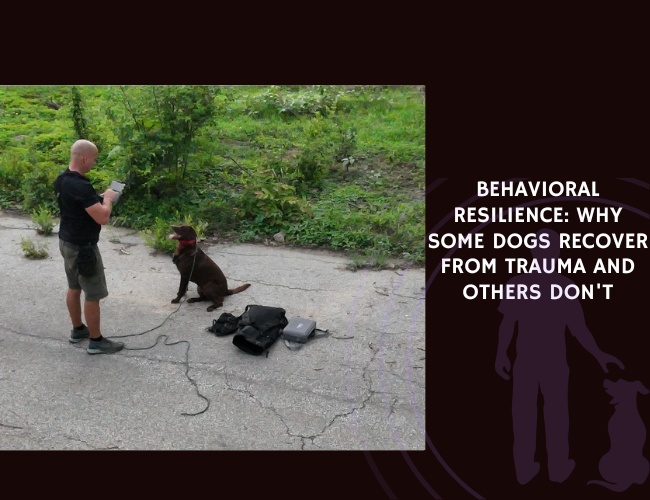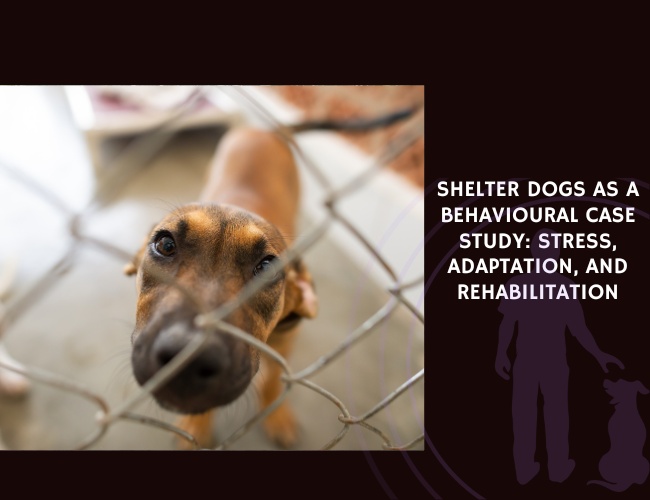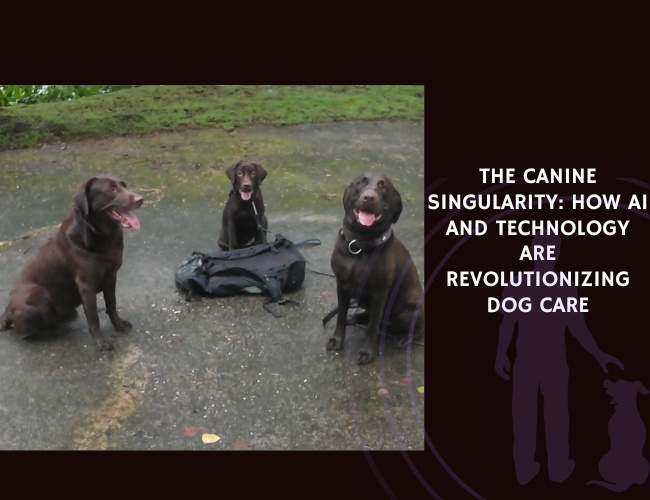Domestic dogs are renowned for their ability to respond to human gestures, but not all breeds interpret visual cues in the same way. A study published in July 2009 in Behavioral and Brain Functions explored how genetic and morphological traits shape dogs’ use of human communicative signals. The researchers tested 140 pet dogs across two experiments to assess the role of cooperative tendencies and skull structure.
In the first experiment, breeds historically selected to work in close visual cooperation with humans, such as herding dogs and gundogs, were compared with breeds bred to work independently, such as hounds, sled dogs, and livestock guardians. The cooperative-worker group significantly outperformed independent workers and mixed-breed dogs in using human pointing gestures to locate hidden objects. This finding indicates that selection for cooperative tasks enhanced sensitivity to human social cues.
The second experiment examined the role of morphology. Brachycephalic breeds (short-nosed, forward-facing eyes) performed better than dolichocephalic breeds (long-nosed, laterally placed eyes). The researchers suggested that the central placement of retinal ganglion cells in brachycephalic dogs confers better acuity in the forward field of vision, improving their ability to detect and interpret subtle human gestures.
The authors concluded that at least two independent phenotypic traits—visual cooperation and focused attention—likely shaped dogs’ ability to follow human cues. These results caution against oversimplified explanations of domestication effects, emphasizing instead the interplay of genetics, morphology, and working history in canine socio-cognitive skills.
Source: Gácsi, M., McGreevy, P., Kara, E., & Miklósi, Á. Behavioral and Brain Functions, July 2009. https://doi.org/10.1186/1744-9081-5-31

